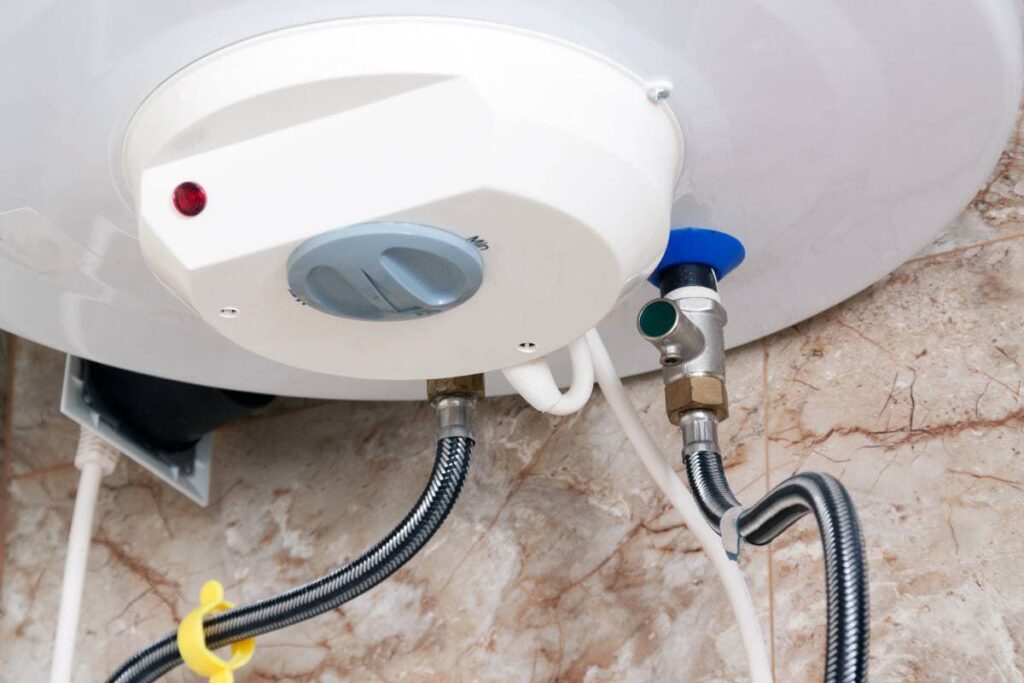The content below pertaining to What Kind of Maintenance Do Water Heaters Need? is quite informative. Have a go and make your own ideas.

Hot water is vital for everyday comfort, whether it's for a refreshing shower or washing recipes. To guarantee your warm water system runs effectively and lasts much longer, regular maintenance is crucial. This short article provides sensible suggestions and insights on just how to keep your home's hot water system to prevent disturbances and pricey repairs.
Introduction
Maintaining your home's warm water system may seem challenging, but with a few straightforward actions, you can ensure it runs smoothly for several years to find. This overview covers everything from comprehending your hot water system to do it yourself upkeep suggestions and understanding when to hire specialist help.
Value of Maintaining Your Warm Water System
Regular maintenance not just extends the life-span of your warm water system however additionally ensures it runs effectively. Neglecting upkeep can result in lowered efficiency, higher power bills, and even premature failure of the system.
Indicators Your Hot Water System Needs Upkeep
Recognizing when your hot water system needs attention can avoid significant issues. Watch out for indications such as irregular water temperature, unusual sounds from the heater, or rustic water.
Recognizing Your Warm Water System
Before diving into maintenance jobs, it's useful to comprehend the standard components of your hot water system. Usually, this consists of the hot water heater itself, pipelines, anode poles, and temperature controls.
Regular Monthly Maintenance Tasks
Routine month-to-month checks can assist catch small concerns before they escalate.
Flushing the Water Heater
Flushing your water heater gets rid of debris buildup, improving efficiency and extending its life.
Monitoring and Changing Anode Rods
Anode poles prevent corrosion inside the tank. Examining and replacing them when worn out is important.
Checking and Readjusting Temperature Level Setups
Readjusting the temperature level setups makes sure optimum efficiency and safety.
Do It Yourself Tips for Upkeep
You can execute numerous upkeep jobs yourself to keep your hot water system in top condition.
Checking for Leakages
Regularly inspect pipelines and links for leakages, as these can cause water damages and higher bills.
Testing Stress Alleviation Valves
Examining the stress relief valve ensures it functions appropriately and stops extreme pressure buildup.
Insulating Pipelines
Protecting hot water pipes lowers warm loss and can save energy.
When to Call a Professional
While do it yourself upkeep is useful, some issues call for expert competence.
Complicated Issues Requiring Specialist Assistance
Instances consist of major leaks, electric issues, or if your water heater is continually underperforming.
Routine Professional Upkeep Advantages
Professional upkeep can include thorough examinations, tune-ups, and guaranteeing conformity with security standards.
Verdict
Routine upkeep of your home's hot water system is essential for performance, longevity, and price savings. By adhering to these tips and recognizing when to seek specialist help, you can make sure a dependable supply of hot water without unanticipated disturbances.
Water Heater Maintenance Tips
Test the TPR Valve
Shut off the power and the cold-water supply valve. Place a bucket under the pipe connected to the temperature-pressure-release (TPR) valve on the top or side of the tank. (This valve opens if the tank pressure gets too high.) Lift the valve’s tab to let some water out, then let go. If water keeps flowing, drain the tank partway, unscrew the old valve with a pipe wrench, and install a new one. Check the Anode Rod
Put a hose to the tank’s drain cock and let out a few gallons of water. Now fit a 1 1/16-inch socket onto the rod’s hex head on top of the heater (or under its top plate) and unscrew the rod. If it’s less than ½ inch thick or coated with calcium, buy a new one, wrap its threads with Teflon tape, put it back in the tank, and tighten securely. Use this segmented rod if headroom above the tank is limited. Drain the Tank and Wash Out Sediment
Drain the remaining water in the tank into the bucket, then stir up the sediment on the tank’s bottom by briefly opening the cold-water supply valve. Drain and repeat until clean water comes out of the hose. Close the drain cock, refill the tank, and turn its power back on. Adjust the Temperature
Find the temperature dial on the side of the tank and unscrew its cover. Adjust the dial to 120 degrees using a flathead screwdriver. For every 10 degrees the temperature is lowered, you can expect to save up to 5 percent in energy costs. Turn the water heater off or the thermostat down to its lowest setting if you plan to be away from home for more than three days. Insulate the Pipes
Buy some self-sticking 3/8-inch-thick foam pipe insulation that matches the pipes’ diameter. Slide the foam over the hot-and cold-water pipes as far as you can reach. Insulating the cold-water pipe prevents condensation in summer. Peel the tape and squeeze the insulation closed. If the pipe is 6 inches or less from the flue, cover it with 1-inch-thick unfaced fiberglass pipe wrap. https://www.thisoldhouse.com/plumbing/21016402/how-to-maintain-a-water-heater

As a fervent person who reads about What Kind of Maintenance Do Water Heaters Need?, I think sharing that topic was smart. If you liked our article please do not forget to share it. Many thanks for being here. Please stop by our blog back soon.
Get Started